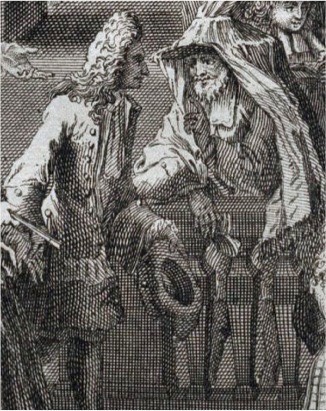
Two very different works were both published in Amsterdam in 1723; Protestant engraver Bernard Picart's monumental Cérémonies et Coutumes Religieuses de tous les Peuples du Monde, published for a general audience interested in world religions, and the anonymous book of prayers and customs known as the Seder Birkat HaMazon (The Order of Grace After Meals, sometimes called the Minhagimbukh, The Book of Customs), published by and for Jews interested in the actual practice of Judaism. We will pay particular attention to the "afterlife" of these works— the way in which they were often reprinted, collected, and disassembled for the remarkable images they contain, images that became the most prominent and iconic representations of Jews and of Jewish practice in the centuries that followed.